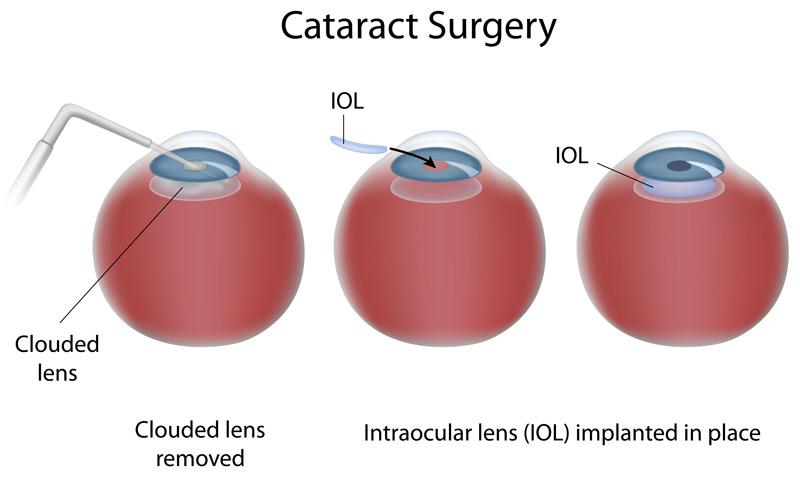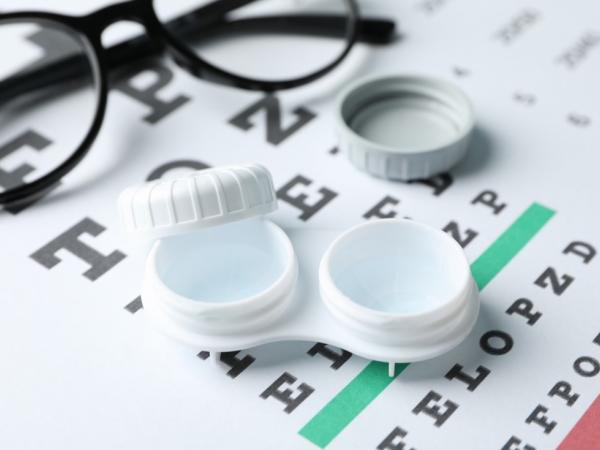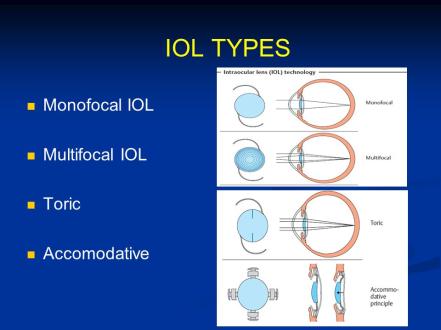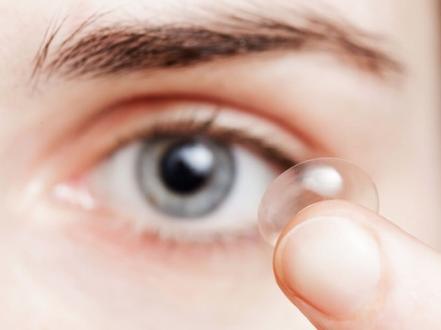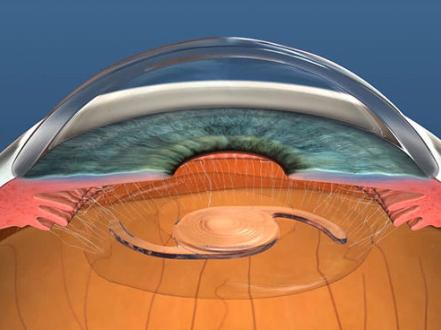Just as your body, brain, muscles, and bones age, so too will vision undergo some changes as a person grows older. A loss of visual acuity and other issues with your eyesight can be triggered mostly by hereditary factors. Sometimes, impairment can be exacerbated by an array of other factors, such as unfavorable environmental conditions or wrong lifestyle choices, including unhealthy diet, smoking, or lack of sleep.
In such a poor vision scenario, you can design your personalized tactic for strengthening the vision and improving eyesight naturally. But unfortunately, lots of individuals will still report on vision deterioration, noticing that the fine print in the books and newspapers gets hard to read. And as you continue to become older, cataracts may occur. Luckily, modern medicine offers a quite safe and efficient solution to fight problems. Once you've noticed some warning signs of cataracts, probably surgical intervention and implanting an intraocular lens will be needed.
All you need to know about intraocular lens replacement
Implantation of the intraocular lens is a quick procedure, where the patient usually stays awake. There is no pain involved. It's a micro-incision on the side of the eye cornea which allows doctors to access a patient's natural lens. Since the natural lens as we get older becomes cloudy and a person experiences an inability to focus, replacing it can restore your vision and bring back the quality of life and performance levels.
Risk groups
Mostly, the condition develops with ageing. However, still, there are no exact reasons why the lens of the eye changes in elderly people, forming a cataract. However, researchers around the world suggest that a few triggers can provoke a range of unpleasant eye symptoms that lead to cataracts. In addition to age and heredity, the category of risks may include:
- diabetes;
- overweight;
- long-term use of corticosteroid drugs;
- taking cholesterol-lowering drugs;
- eye inflammation;
- ultraviolet radiation exposure;
- previous eye surgery.
There are also no proven ways that can guarantee cataract prevention. However, by having regular eye examinations, it is possible to detect eye impairment on time and treat it efficiently with the right medical approach.
Symptoms of visual impairment
In the early stages, the condition has little effect on the eyesight of the individual. Symptoms of visual impairment can take some time to progress and intensify. A person may experience a little blurry vision. Other alarming signs are:
- hazy vision and lack of sharpness;
- you’ve noticed that bright light affects your eye and causes unpleasant sensations;
- double vision;
- brighter lighting for reading or any other activity is needed.
Can you treat cataracts without surgery?
Unfortunately, while some other mild vision deterioration and some of the most common defects, for example, refractive errors or presbyopia, can be fixed with eyeglasses and managed with some natural ways or sound medical non-surgical methods, there are no natural tactics to treat cataracts, so no external aids for your eye will fight already developed cataracts. However, being diagnosed with the condition doesn’t yet mean that you need an intraocular lens to be implanted. Just consult a knowledgeable and experienced eye doctor who is capable of designing personalized treatment.
Probability of surgery complications
The risks are very small, however, the patient must be well-informed on some possible side effects concerning intraocular lens replacement. Together with this, such a type of surgery is considered the safest option ever.
IOL's benefits
The surgery brings expected outcomes and is quite efficient in the majority of cases. Moreover, by choosing a multivocal lens that repairs distance visual acuity and gives near vision, most patients never wear glasses again. The recovery should be quick - vision may be blurry for a day or two. Some individuals may experience some discomfort, e.g. scratchy and watery eyes. However, the majority of patients who had the procedure for implantation of intraocular lens reported no pain and discomfort the next morning.
